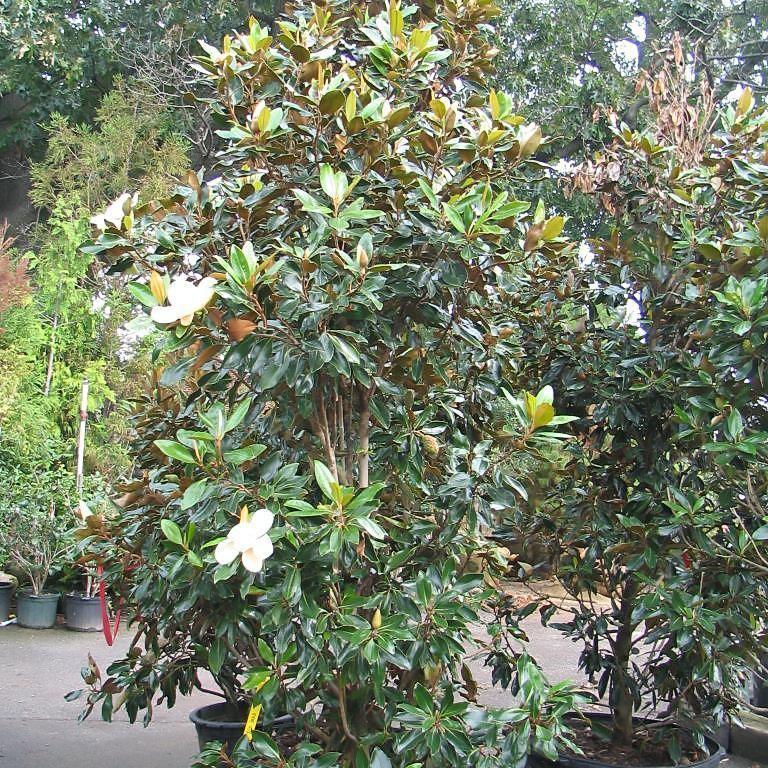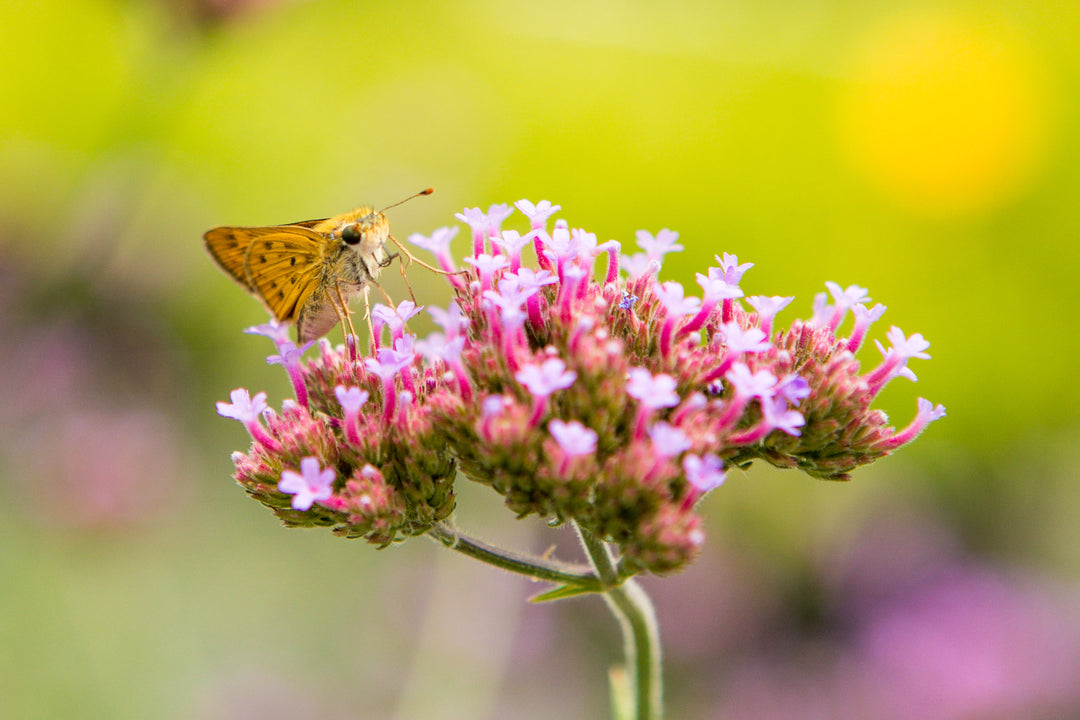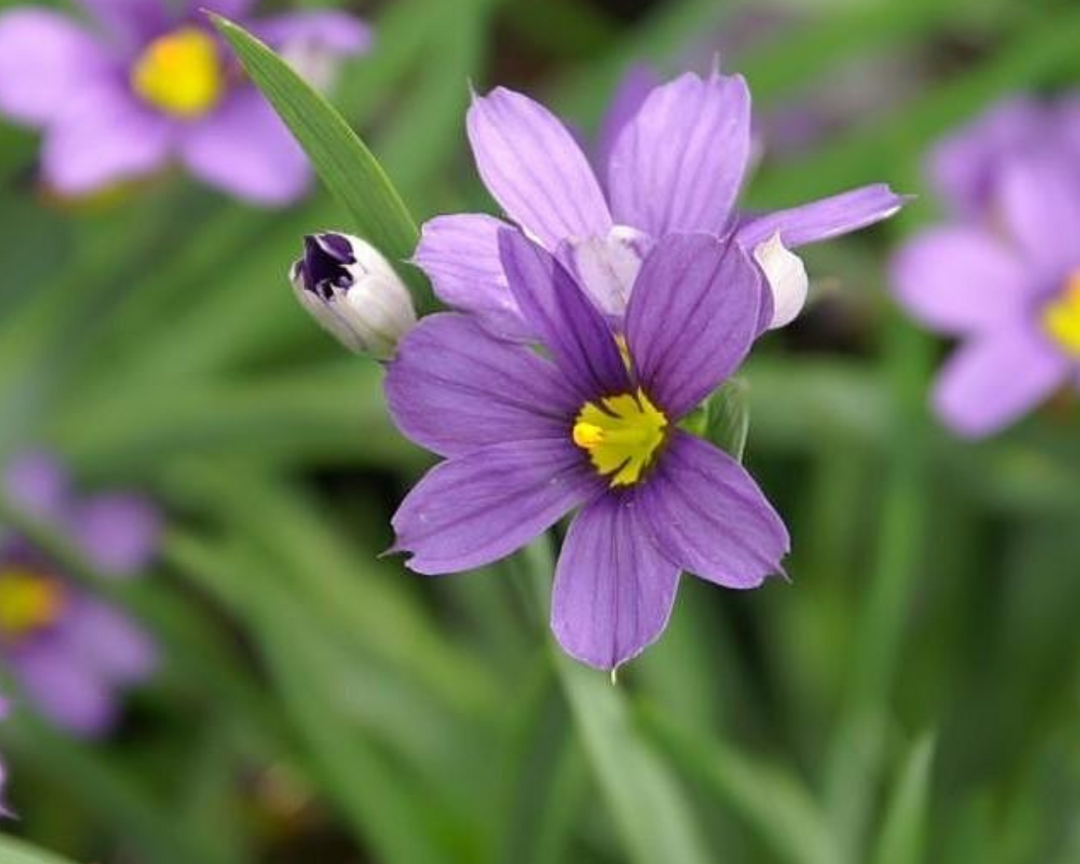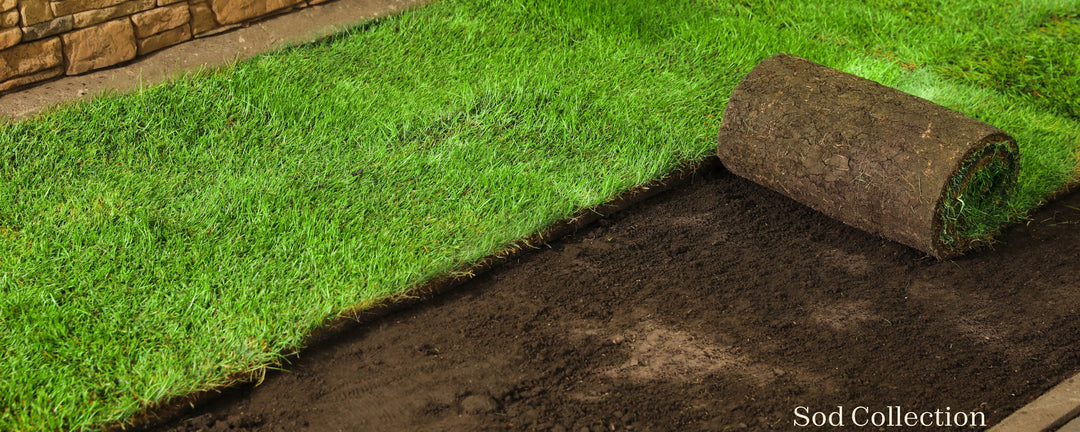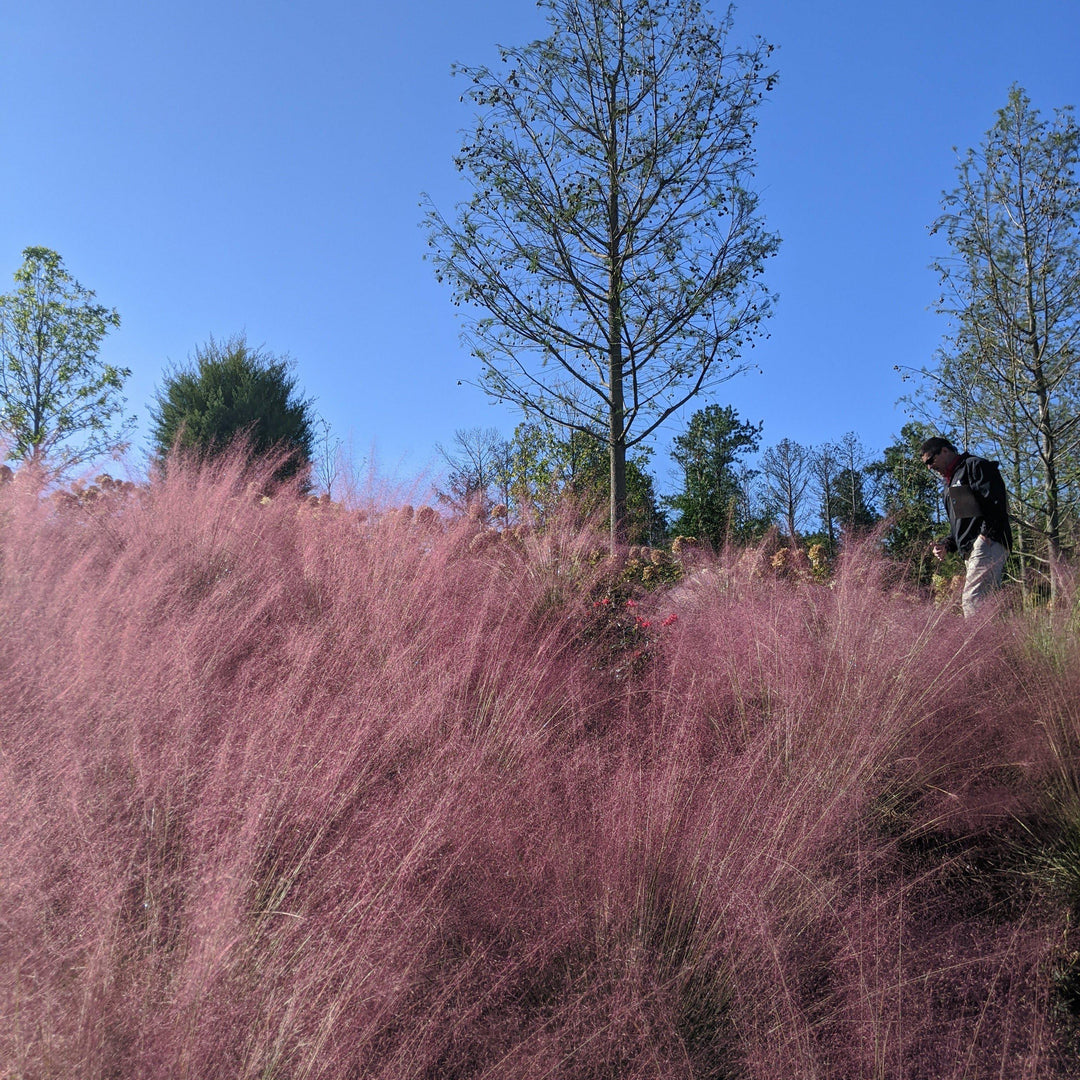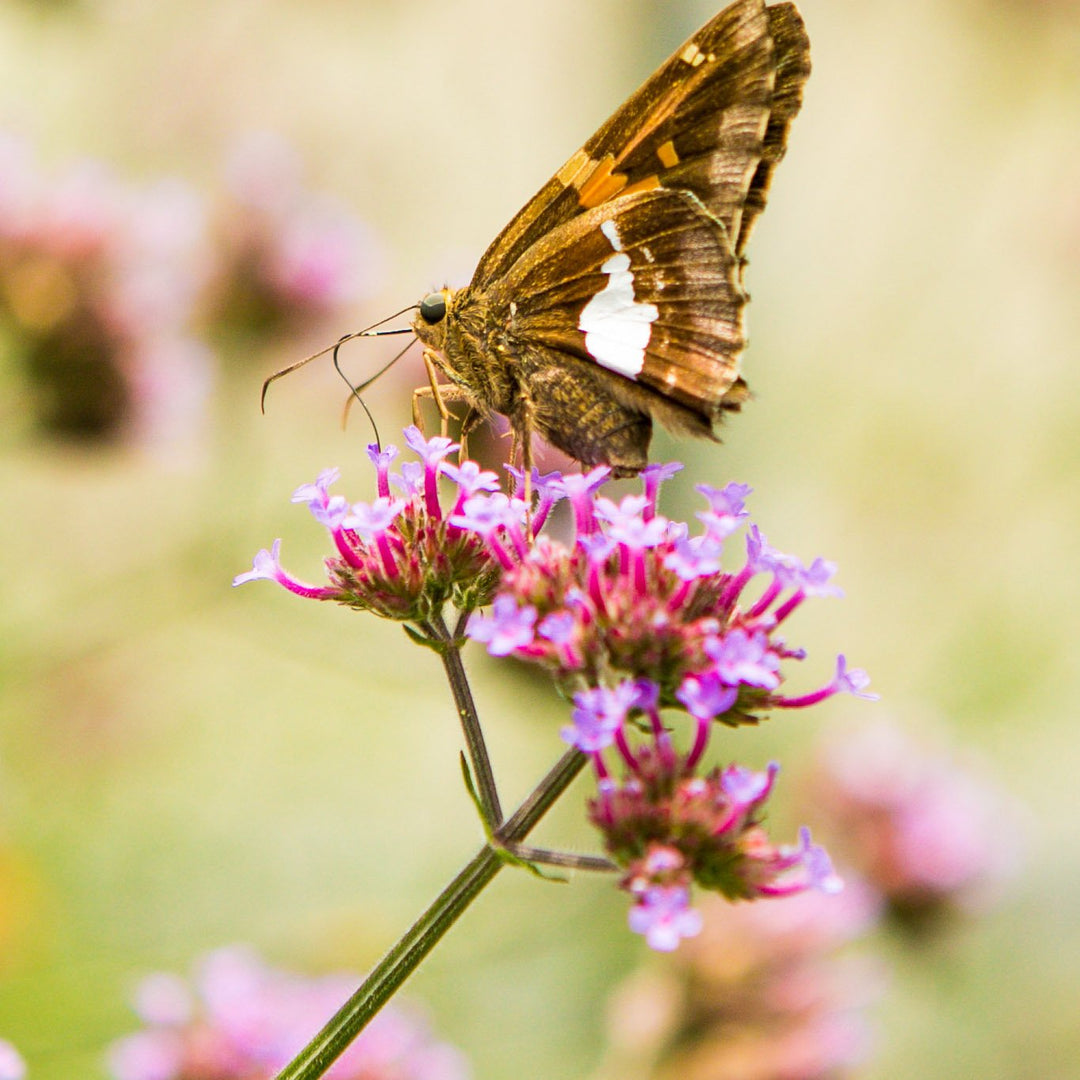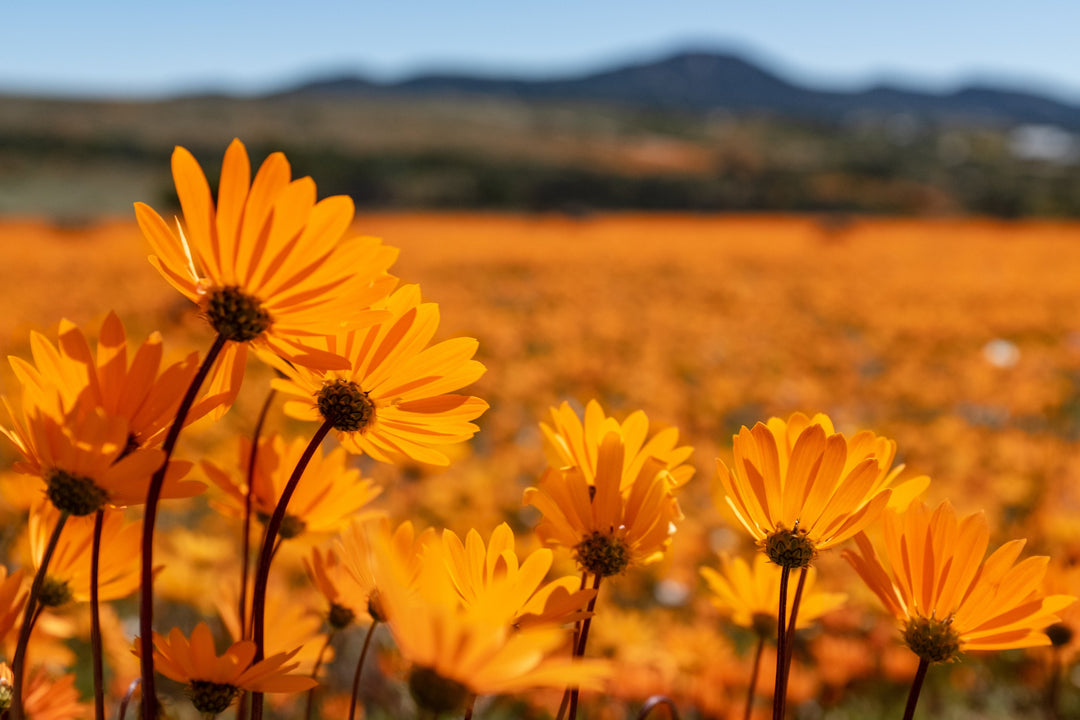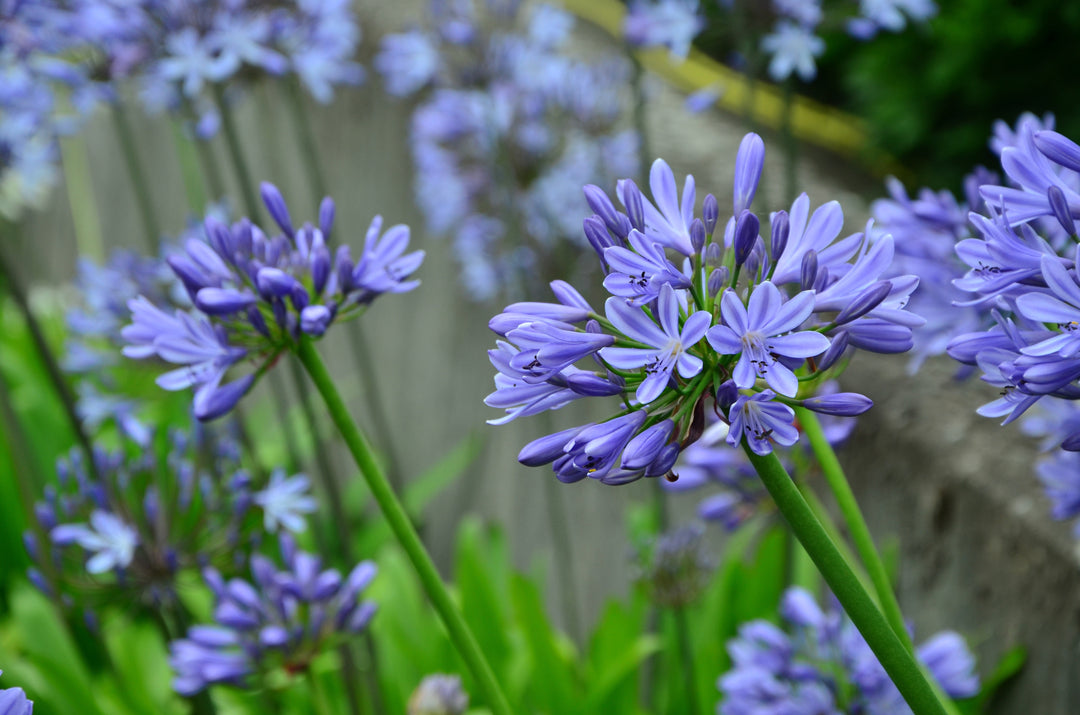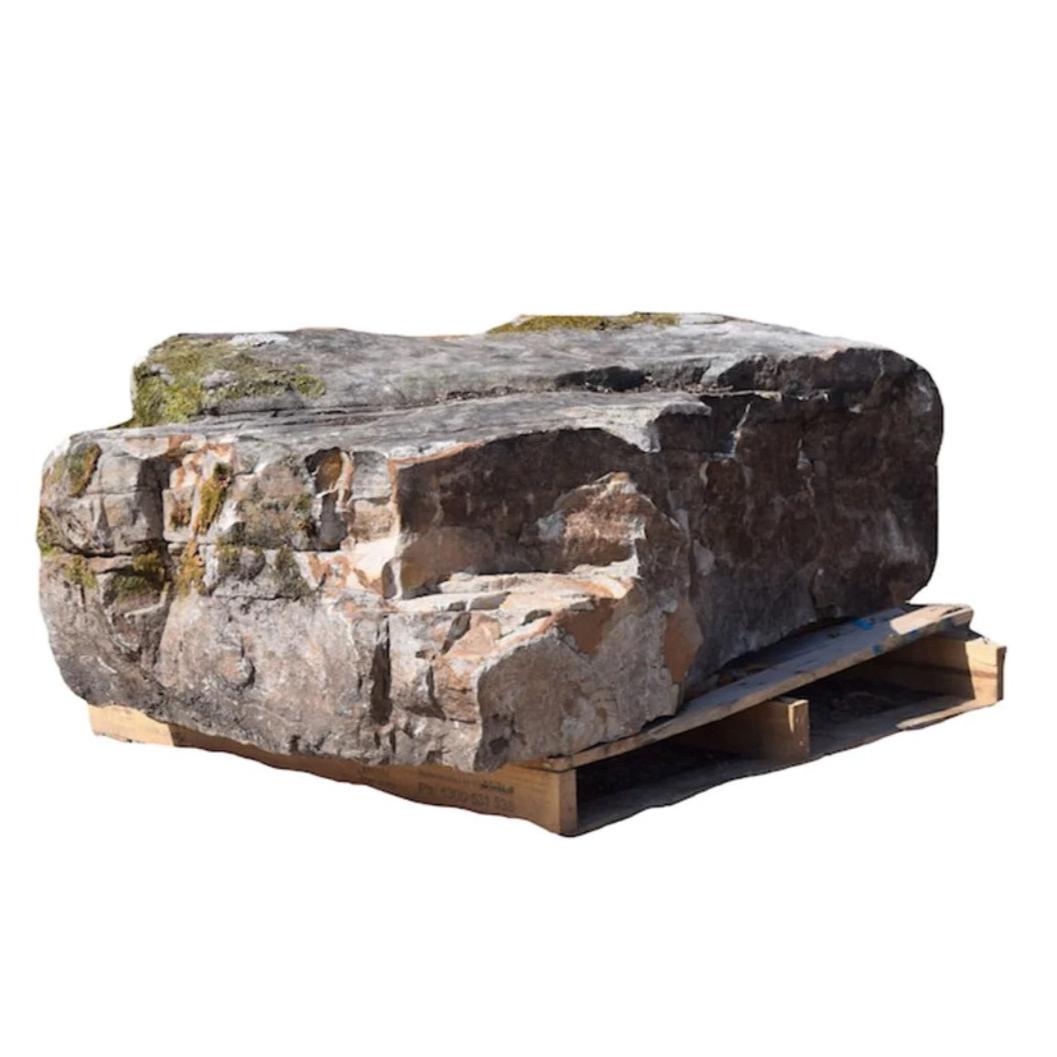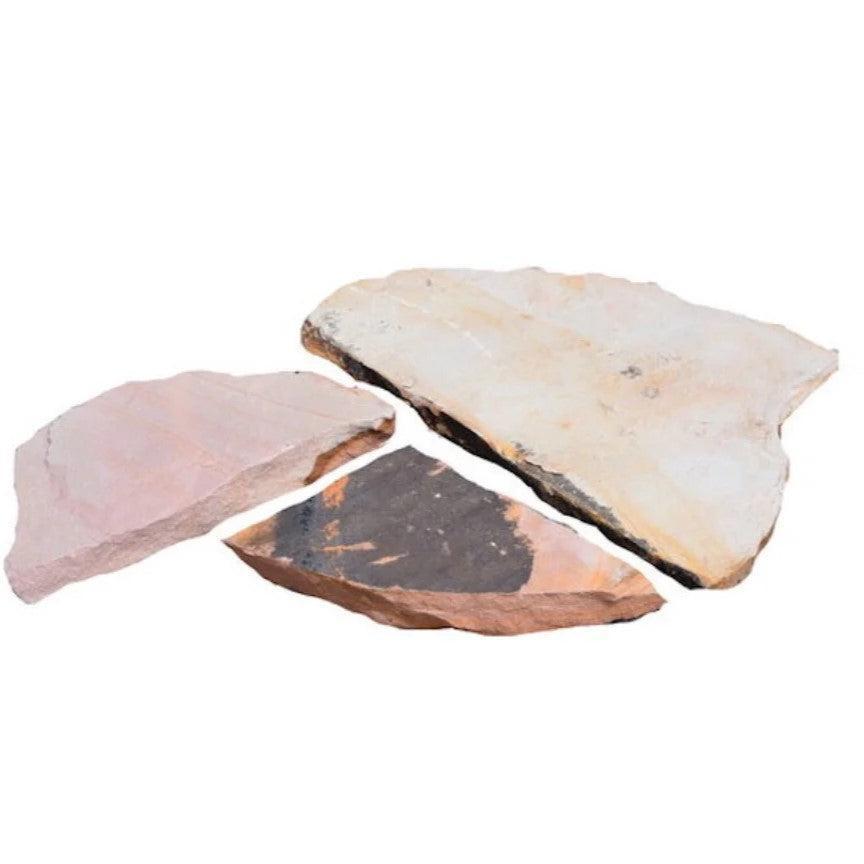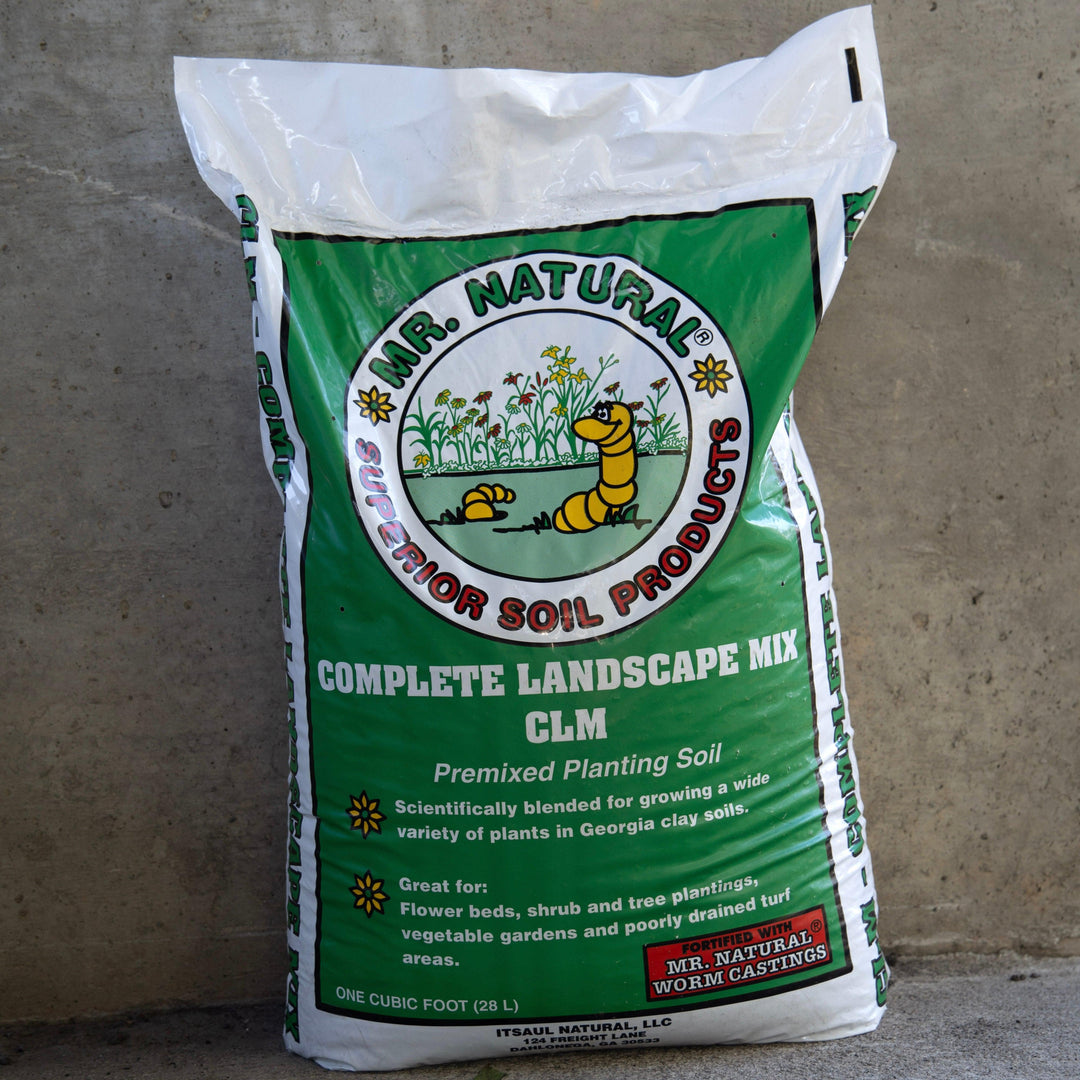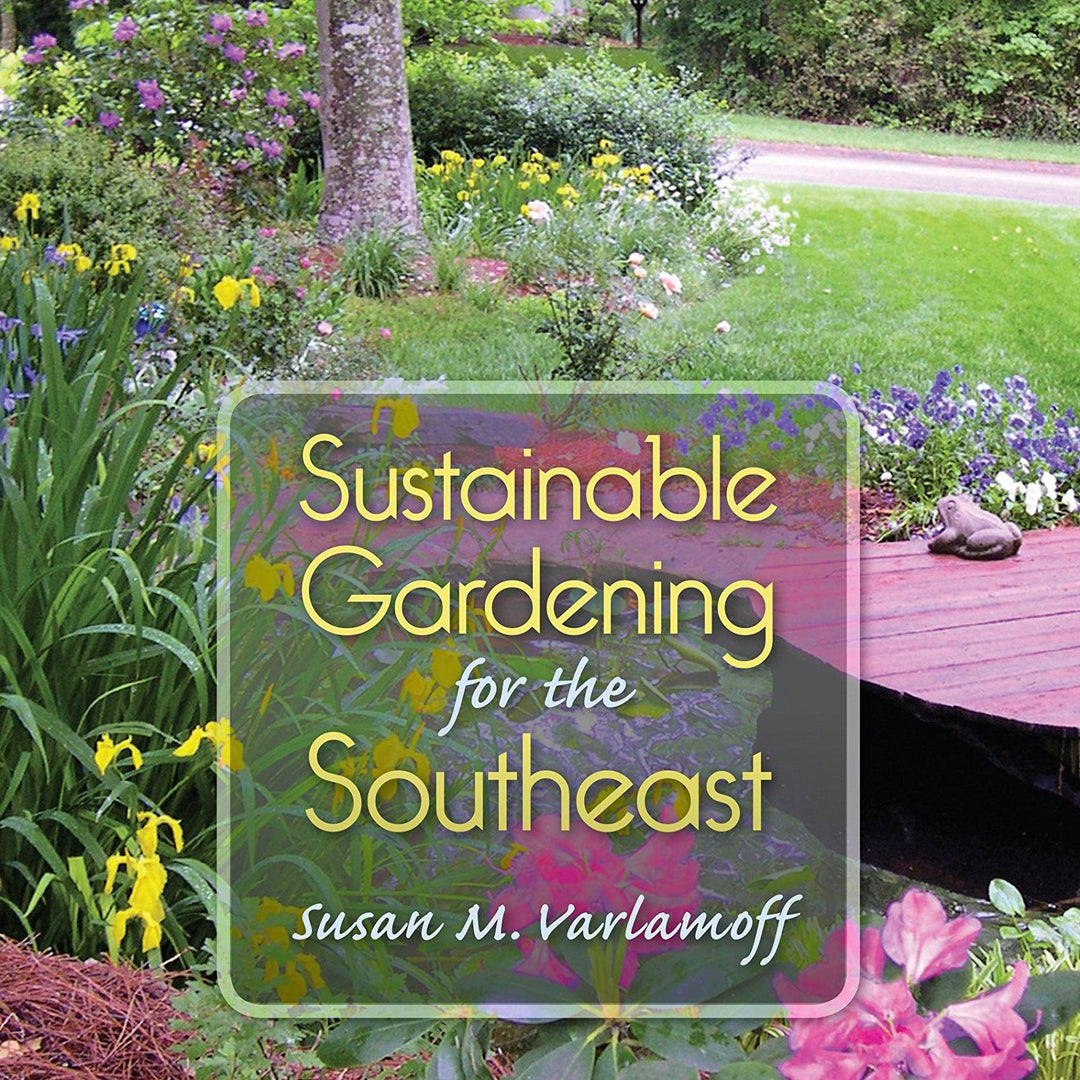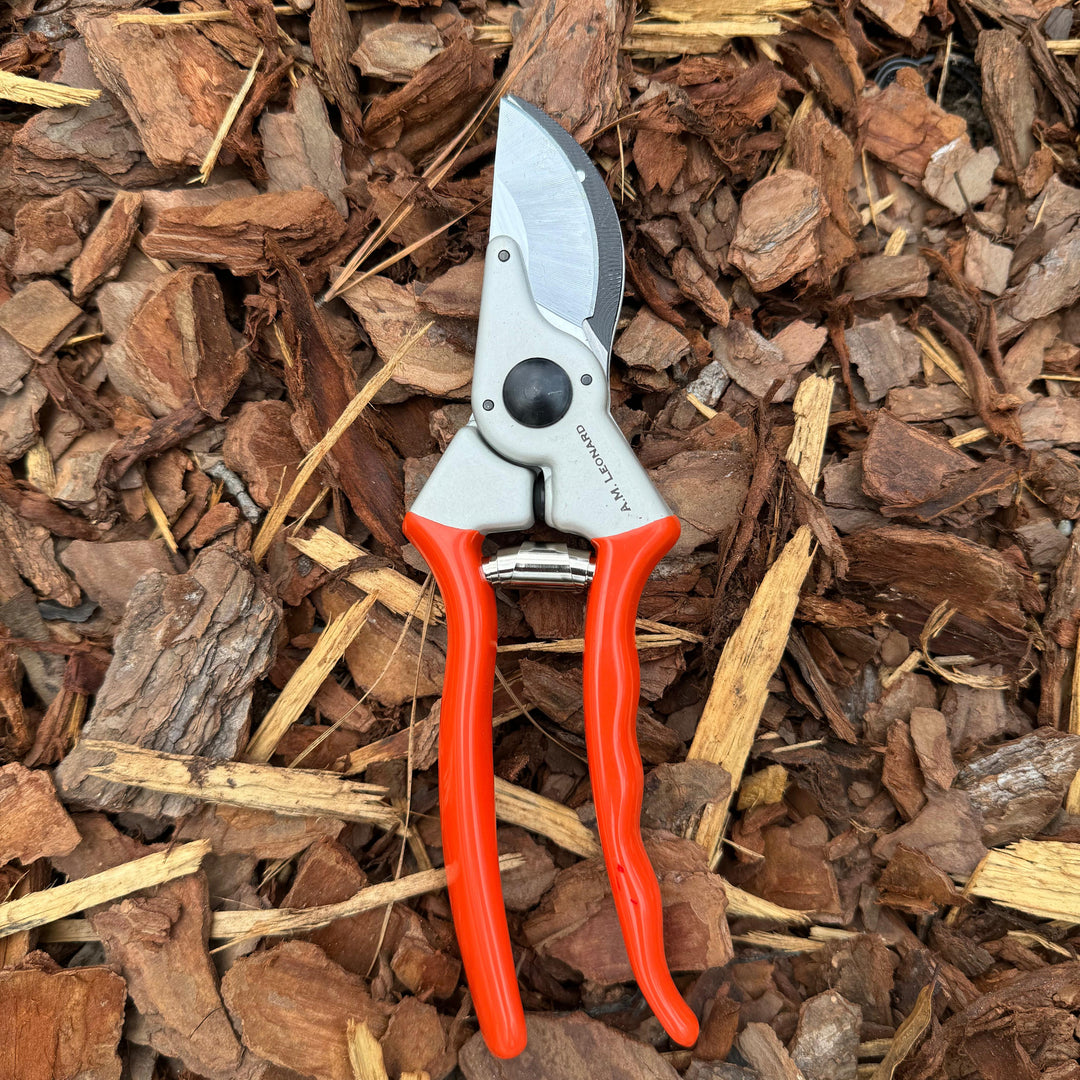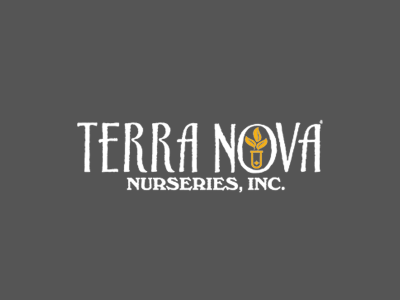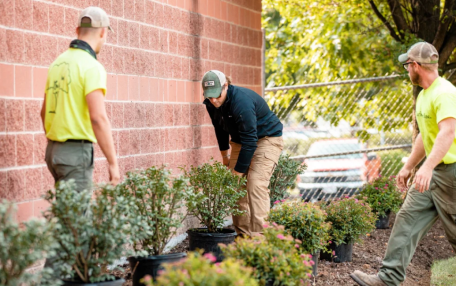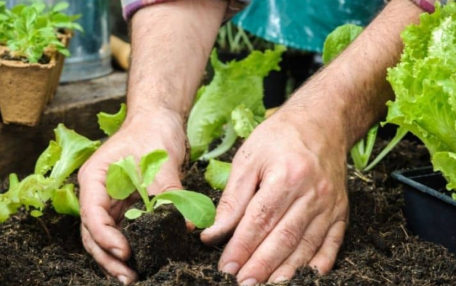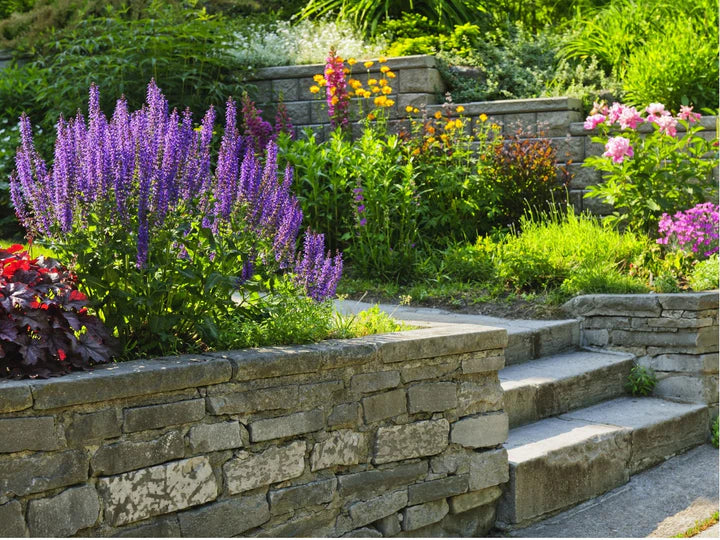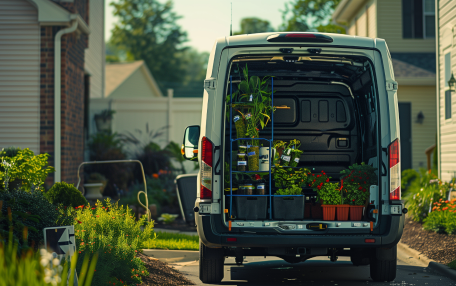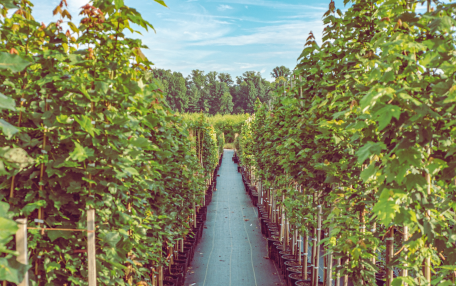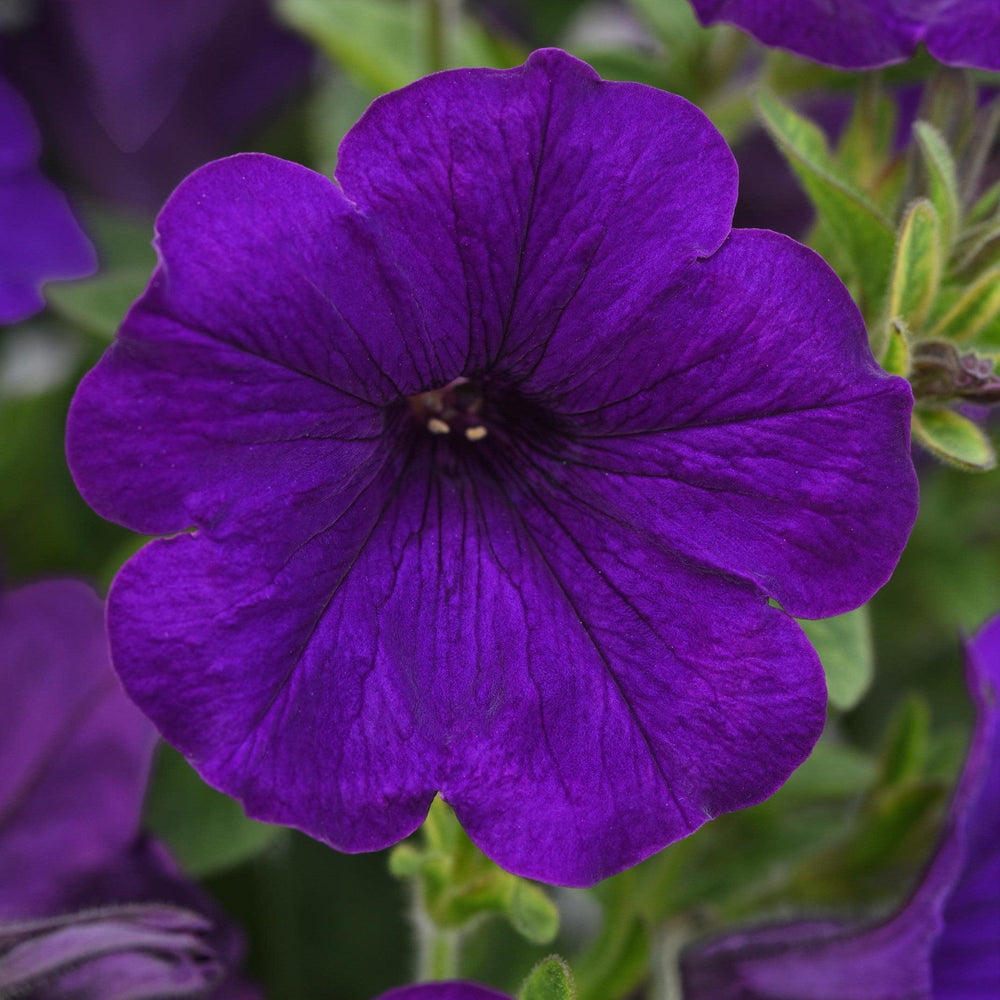Beyond the Basics: Creating a Unique Edible Landscape
Edible landscaping is a growing trend that combines beauty and function by integrating food-producing plants into ornamental gardens. While traditional selections like tomatoes, basil, and strawberries are popular, there is a wide range of unconventional yet highly ornamental edible plants that can elevate your landscape. By incorporating these unique options, you can create a visually stunning garden that also provides a delicious and sustainable harvest.

Edible Flowers: Beauty with a Bite
Edible flowers add a vibrant pop of color while offering delicate flavors to culinary dishes. Many of these blooms are not only safe to eat but also attract pollinators, enhancing the health of your garden.
-
Nasturtiums (Tropaeolum majus): Bright, peppery flowers that are perfect for salads and garnishes.
-
Daylilies (Hemerocallis spp.): Mildly sweet petals and tender buds or shoots that can be eaten raw or cooked.
-
Pansies (Viola spp.): Mildly grassy flavor, great for desserts and salads.
-
Borage (Borago officinalis): Cucumber-like taste, perfect for cocktails and cold dishes.
-
Calendula (Calendula officinalis): Peppery, tangy petals that add color to salads and soups.
Nut- and Seed-Producing Plants: Long-Term Returns
For those looking for a more permanent edible addition, nut and seed-producing plants provide long-term harvests while also acting as structural elements in the garden.
-
American Hazelnut (Corylus americana): A compact, multi-stemmed shrub that produces flavorful nuts.
-
Pine Nut Trees (Pinus edulis or Pinus cembra): Slow-growing evergreens that provide edible pine nuts.
-
Sunflowers (Helianthus annuus): Produces edible seeds while attracting pollinators and birds.
-
Chinquapin (Castanea pumila): A small tree or shrub that yields sweet, edible nuts similar to chestnuts.
-
Amaranth (Amaranthus spp.): Produces nutrient-rich seeds that can be used like quinoa.
Ornamental Fruit-Bearing Shrubs
Some fruiting plants provide both aesthetic appeal and delicious harvests while requiring minimal maintenance.
-
Serviceberry (Amelanchier spp.): A beautiful multi-seasonal shrub with blueberry-like fruits.
-
Pineapple Guava (Feijoa sellowiana): Evergreen foliage with edible flowers and tropical-flavored fruit.
-
Beautyberry (Callicarpa americana): Bright purple berries with mild sweetness, often used in jellies.
-
Aronia (Aronia melanocarpa): Nutrient-rich berries, great for juices and jams.
-
Goumi Berry (Elaeagnus multiflora): Nitrogen-fixing shrub with tart, antioxidant-rich berries.
Groundcovers & Vines: A Functional Approach
These low-growing and climbing plants can fill spaces beautifully while also producing edible harvests.
-
Creeping Thyme (Thymus serpyllum): A fragrant, walkable groundcover with culinary uses.
-
Alpine Strawberries (Fragaria vesca): Small, sweet berries on a compact groundcover.
-
Hardy Kiwi (Actinidia arguta): A vigorous vine producing smooth, bite-sized kiwis.
-
Passionfruit (Passiflora incarnata): Beautiful flowers followed by tropical-flavored fruit.
-
Malabar Spinach (Basella alba): A heat-tolerant climbing green with succulent leaves.

Foliage with Flavor: Unique Leafy Edibles
Many plants prized for their foliage also offer edible leaves that can be enjoyed fresh or cooked.
-
Sorrel (Rumex acetosa): Tangy, lemony leaves used in soups and salads.
-
Hosta (Hosta spp.): Young shoots and leaves are edible when cooked.
-
Orach (Atriplex hortensis): Spinach-like greens in striking red and purple hues.
-
Sweet Potato Vine (Ipomoea batatas): The leaves are edible and can be used like spinach.
-
Society Garlic (Tulbaghia violacea): The mild garlic-flavored leaves are excellent in savory dishes.
Caring for Your Edible Landscape
To ensure your edible landscape thrives, follow these essential care tips:
-
Soil Enrichment: Use compost and organic matter to maintain soil fertility and structure.
-
Companion Planting: Pair plants that support each other’s growth, such as planting nitrogen-fixers near heavy feeders.
-
Pruning & Maintenance: Regular trimming keeps plants healthy and encourages more edible production.
-
Pest Management: Encourage beneficial insects and use natural deterrents like neem oil.
-
Watering Needs: Group plants with similar moisture requirements to simplify care.
Conclusion
An edible landscape can be more than just a vegetable patch—it can be a beautiful, multi-functional garden filled with ornamental yet delicious plants. By expanding your choices beyond the usual fruits and vegetables, you can enjoy a sustainable, diverse, and visually stunning outdoor space that nourishes both the body and the senses.

